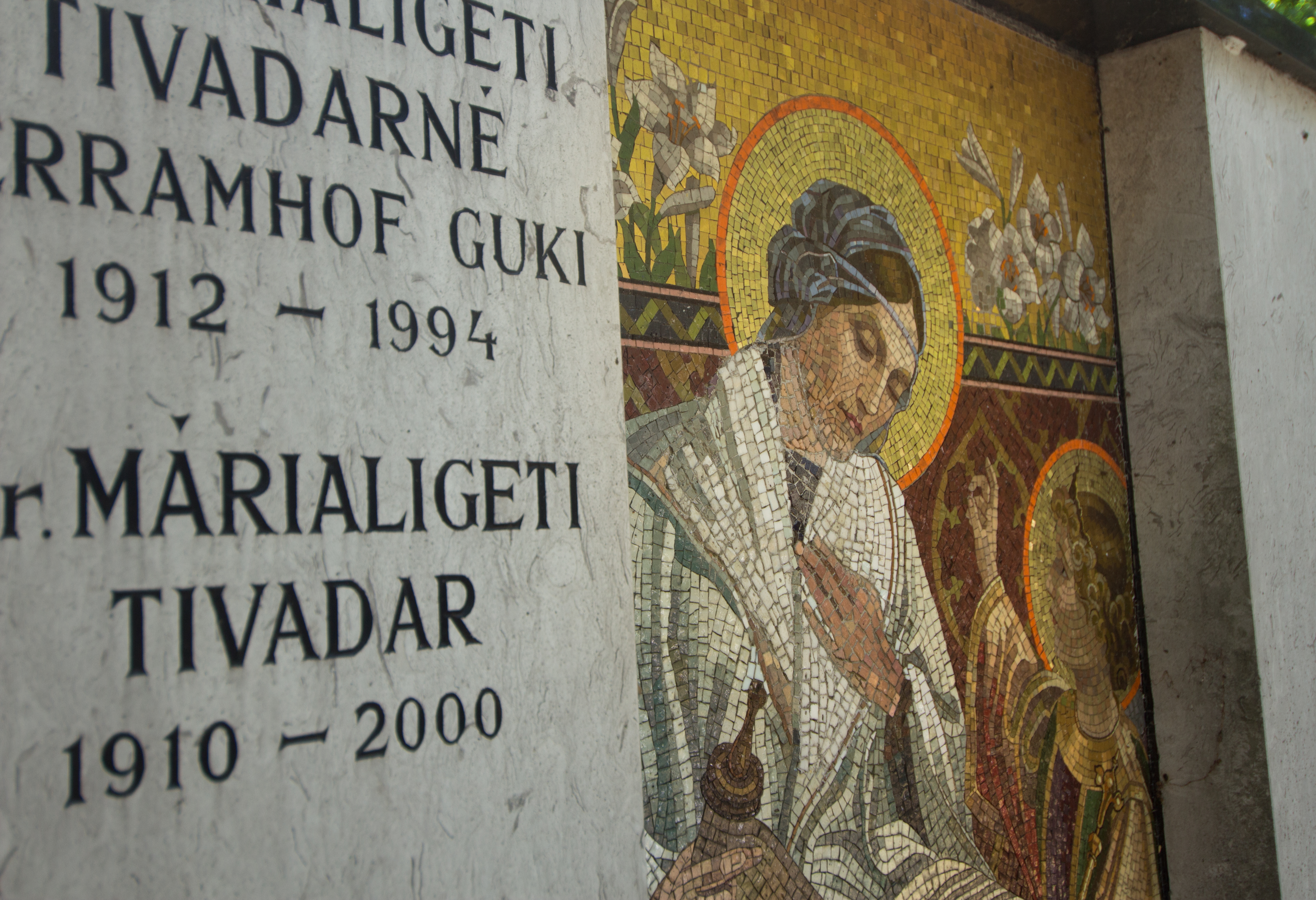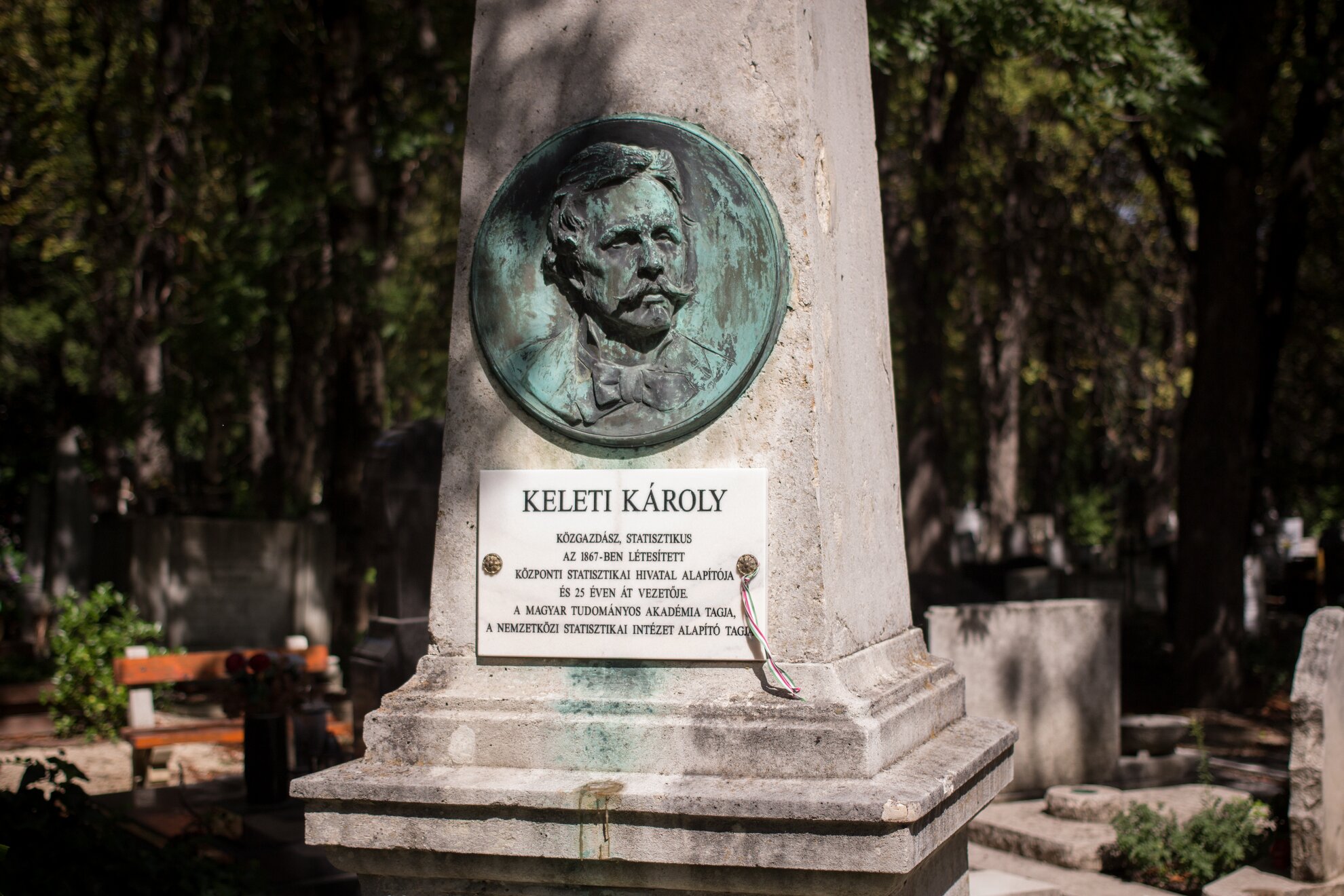
Immediately within the main entrance, you can spot some of the most well-known Hungarian names. Béla Bartok, considered one of the most important composers of the 20th century, and not far away you come to Olympic water polo player György Kárpáti, only recently deceased. Other noteworthy names include poet Árpád Tóth, actress Katalin Karády, footballer Ferenc Deák, Socialist Prime Minister András Hegedűs and many others. In fact, so many Olympians are buried here that it’s easy to spot the iconic Olympic rings on one grave after another.
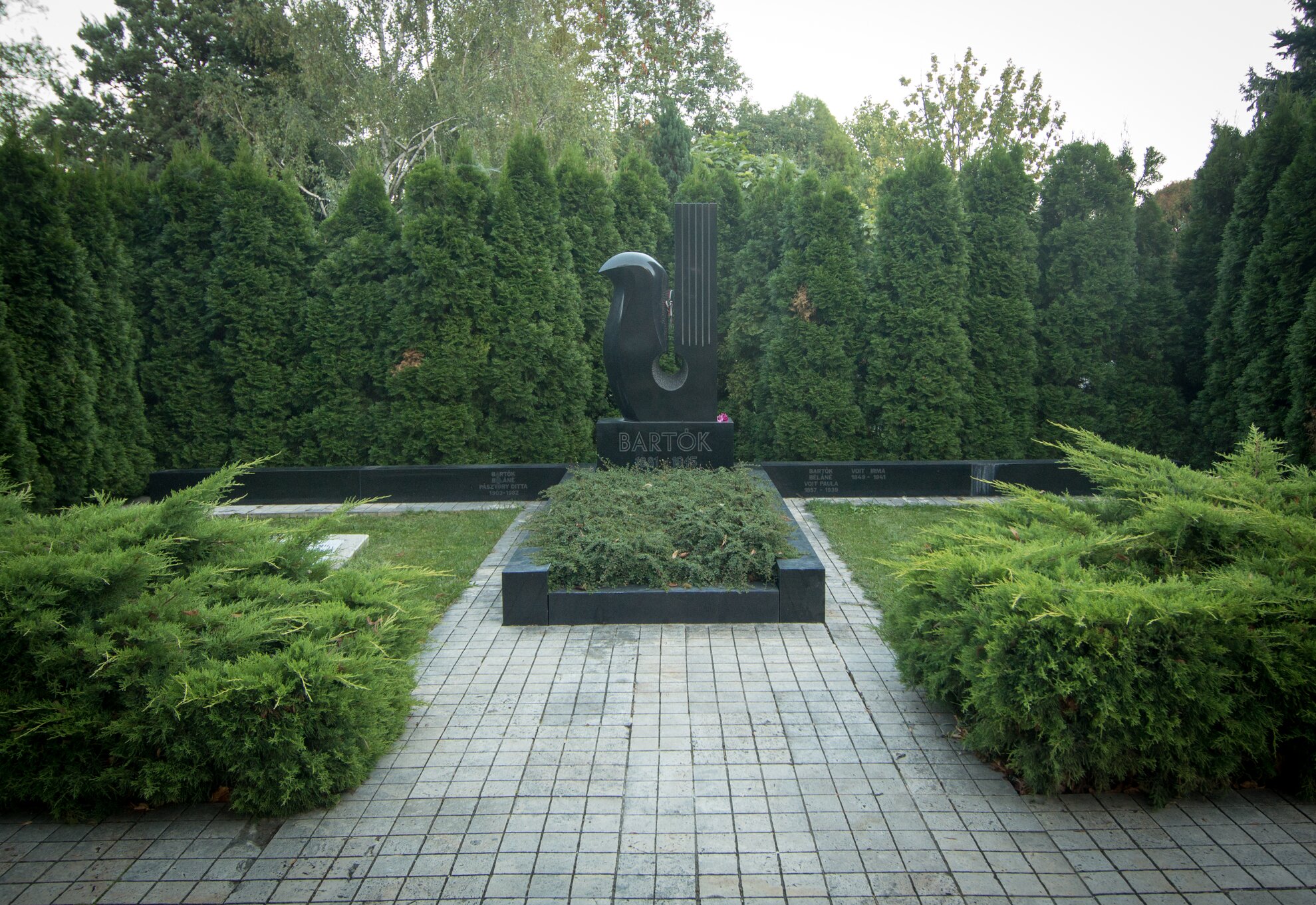
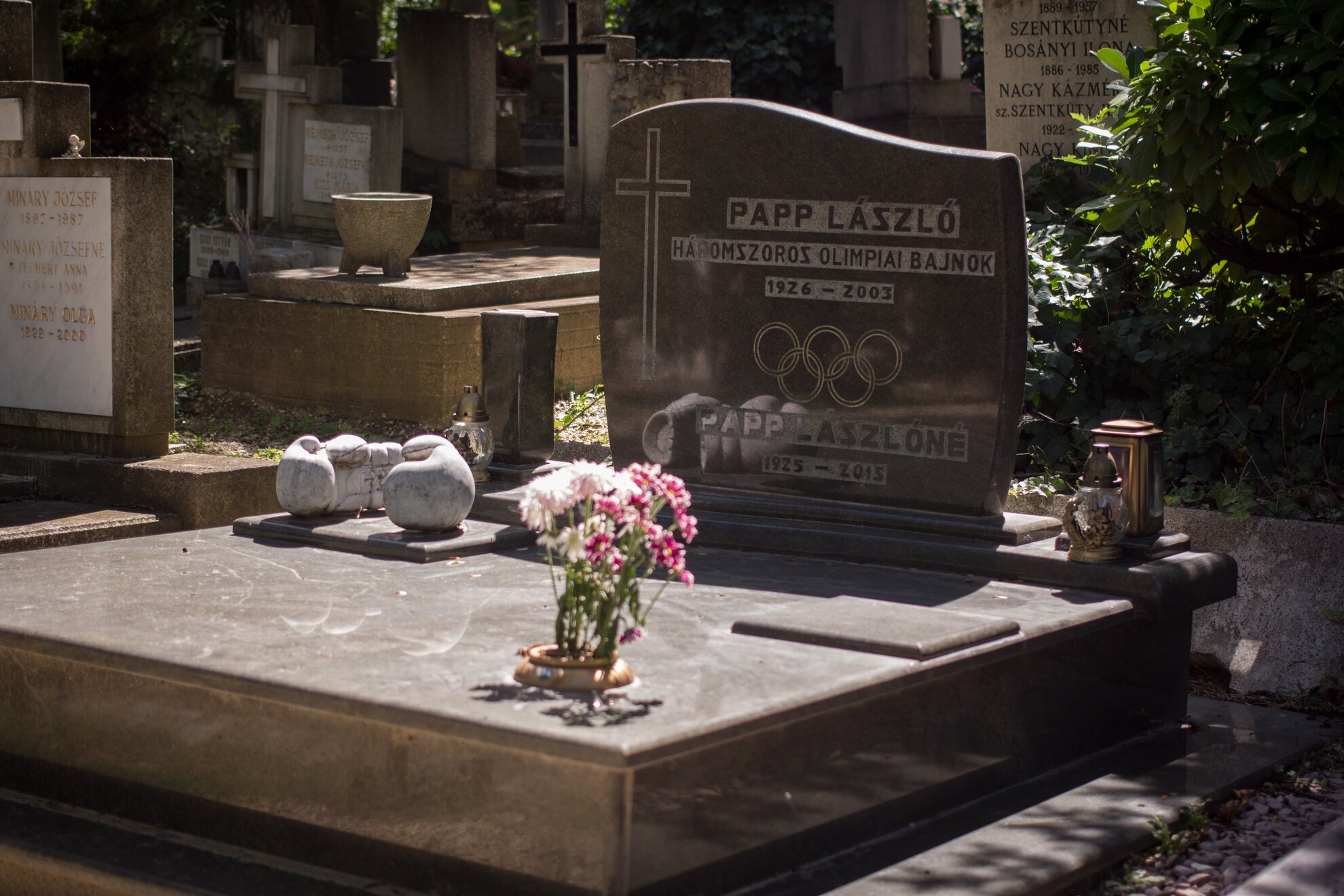
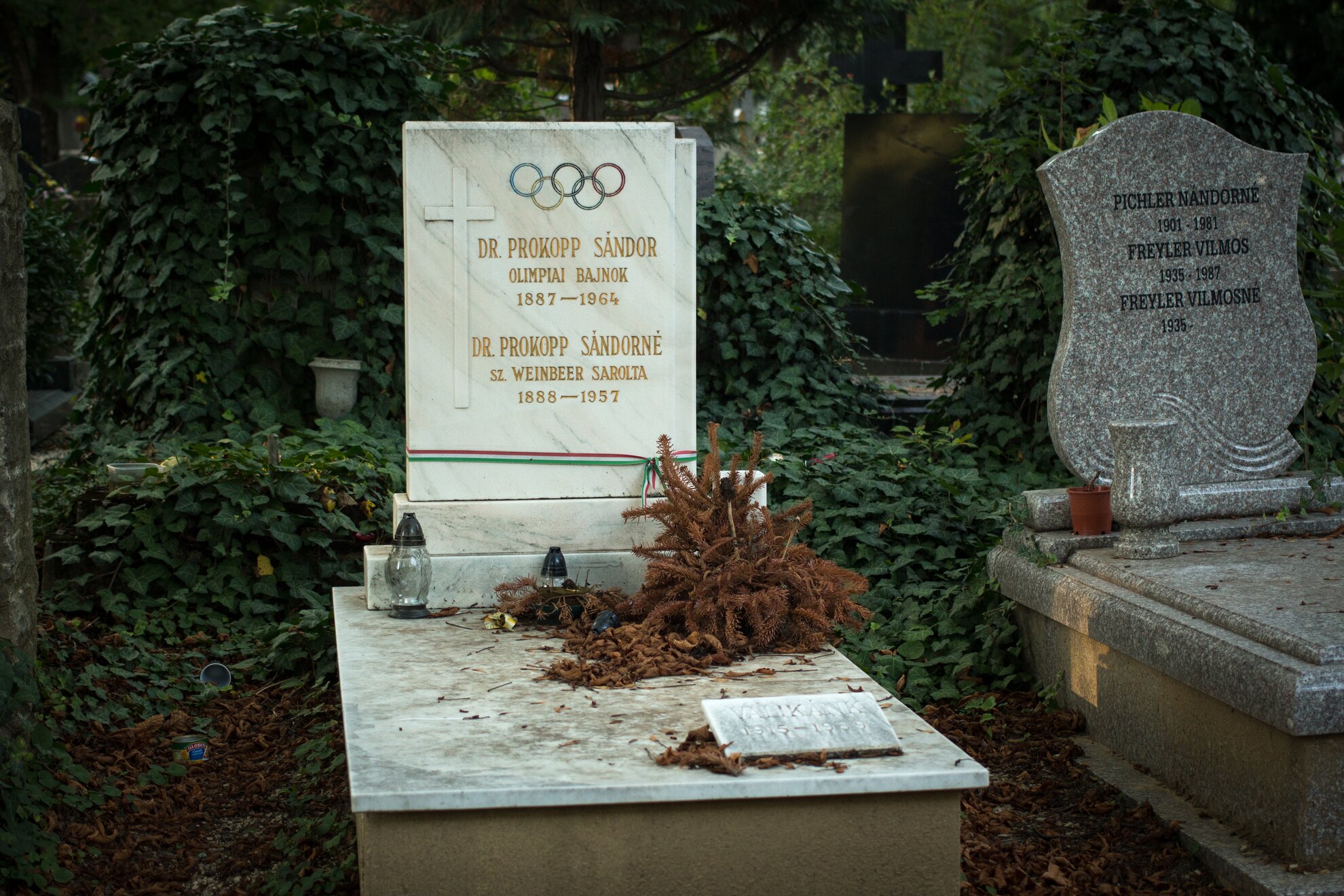
One of the most remarkable features of the cemetery is the mortuary, designed by famous architect Imre Makovecz. He explained of its construction: “I wanted to make the interiors of the mortuary resemble the inside of a human chest. The ribs were made of hardwood and the coffin is placed where the heart would be.” Makovecz himself was honoured here in October 2011, and his memorial monument is close to the mortuary he designed.
The cemetery was opened in 1894, with some of the oldest tombstones moved here after previous Buda cemeteries were dismantled. In the winter of 1944-45, the peaceful cemetery became a battlefield, as the Soviet Army occupied the upper end, and fighting continued until 7 February. Crypts and tombstones were used as cover, many of them destroyed.
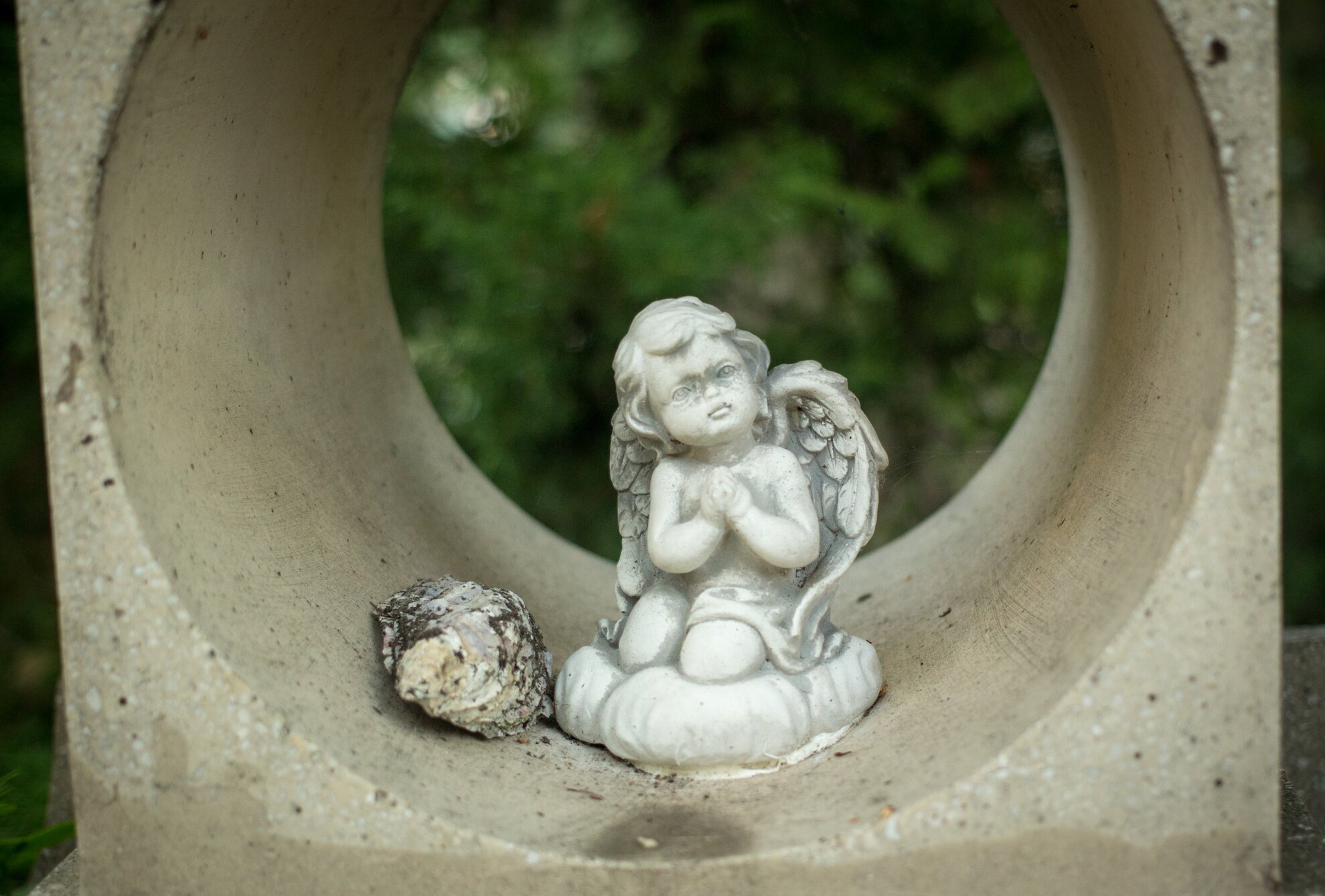
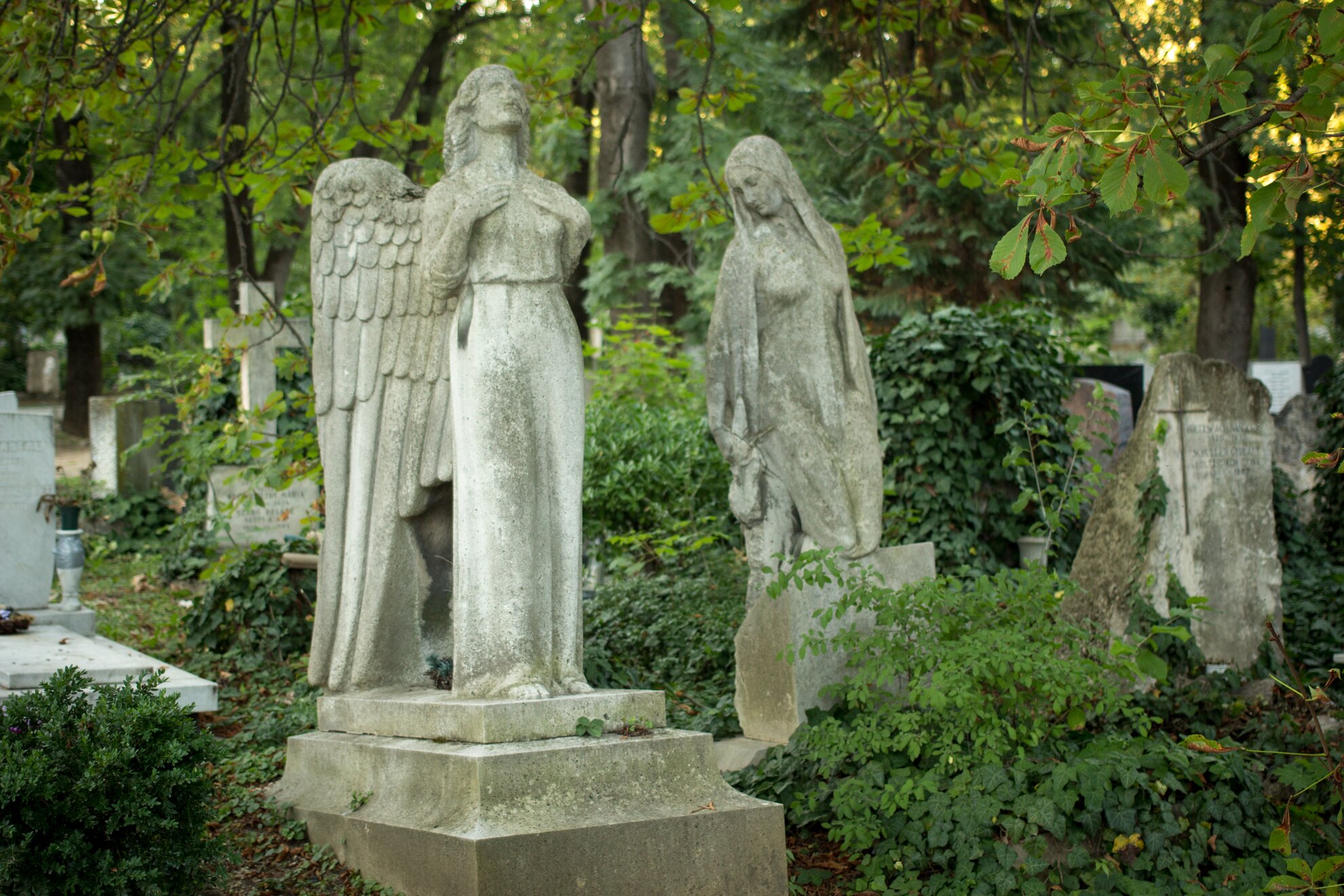
Another interesting feature of the cemetery is its location. Széchenyi Hill is an attractive bit of real estate, overlooking Budapest with an unparalleled view, even for a cemetery of such national importance. At the time of its construction, there was ample push-back by citizens who wanted the area to be turned into a recreational park, instead. Ultimately the cemetery was built, and it now spans 72 acres.
Today, Farkasréti can be easily visited by tram 59 or bus 8E. Its view overlooking the city, and its tranquil atmosphere make it a pleasant place to walk through, while admiring the artistic tombs, and keeping an eye out for the many famous inhabitants who sleep below.
Farkasréti Cemetery
District XII. Németvölgyi út 99
Open: Daily 7am/7.30am to 5pm-8pm depending on the season
Opening hours depend on the season. For more information, head to the cemetery's website. Tours can also be arranged upon request.
